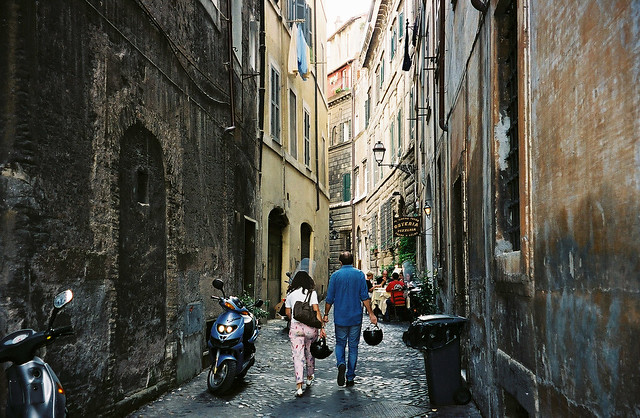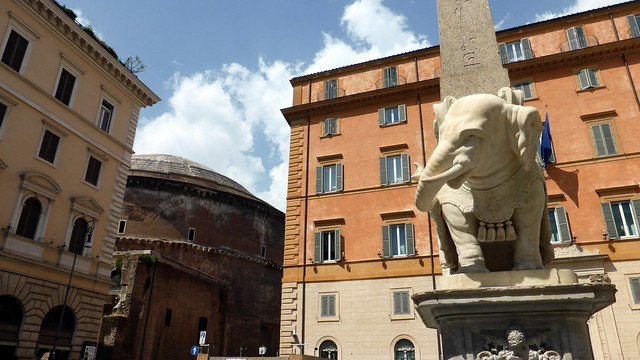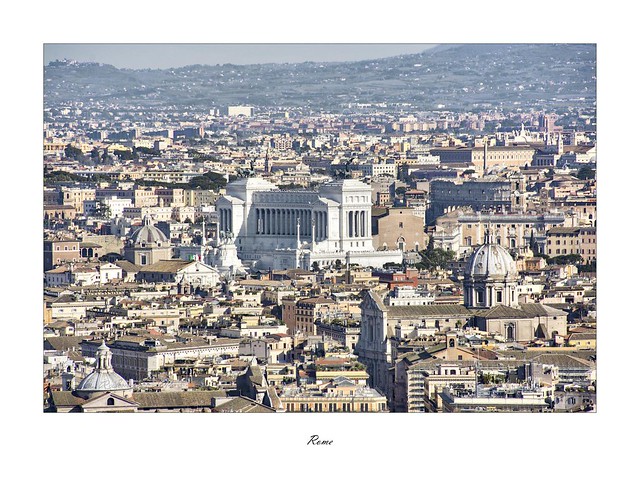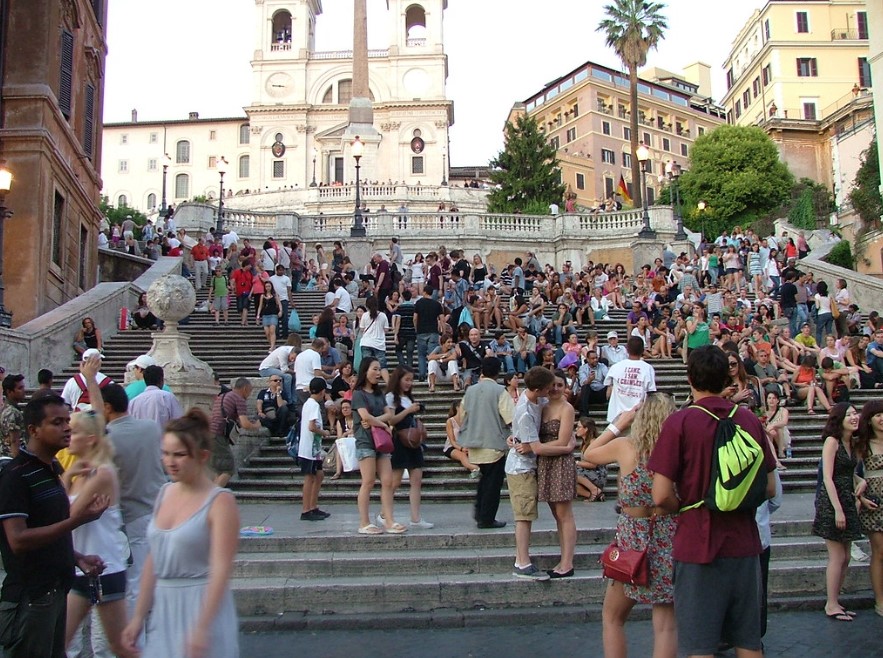What you should do on your holiday to Rome?

Rome
Rome, known as one of the top tourist destinations worldwide. Known for its mouth-watering cuisines, enchanting ancient history, and inspiring artwork, it has a little bit for everyone. But where to start? It’s hard to know when with the entire region swarming with sites and culture. Dip your toes in the essentials and work out how to make the most of the Rome holiday.
Things to know Prior to visiting
The Foot Traffic
Rome has had a long reputation for being a crowded city. Being the largest city in ancient times, home to over 1 million people. Nowadays, it has grown even more, with the urban area having a population of 3.8 million, and the metropolitan area around 4.3 million people. It’s not just the locals that make it crowded, with travellers visiting throughout the year, swarming the popular sites to cause staggeringly long lines and expensive tours.
Beware of the Risks
Due to the surplus of tourists, shady characters are drawn to Rome. Con artists and pickpockets are Rome’s most common unsavoury folk, hanging about in the busiest sections of the city. Make sure you watch out for your bag and belongings, especially in crowded trains, lines, and sites. As it’s easy for these pros to quickly snatch one of your most precious items without you realising until much later. Con artists can range in a number of shades. Restaurants can scam you by confusing you with their menu and prices, and citizens who ask you to sign a petition and for your personal details can also have a secret engender.
How to Plan your trip
When to Visit?
Before visiting, most will imagine Rome as a sunny city bursting with blue skies and glorious greenery. However, sadly sometimes, mother nature has other plans. Giving you freezing cold, cloudy days pouring with rain. Summer is undoubtedly the best time to travel in, guaranteeing beautiful sunny days and glorious summer nights. However, July and August equal extreme heat and humidity, turning your tour unbearable when walking from site to site. June, July, and August are as well, the peak season for tourists, the tours and entry to locations bump up in price, so the holiday can get expensive. Typically, between September and November, or between April to May are the greatest times to travel. With smaller crowds, cheaper tours, and sunny but not overpowering days.
Public Transport
Depending on where your hotel is will determine if you’ll need public transport around. The closest hotels to the attraction are obviously the priciest, so if you’d rather walk you may have to fork out more extra cash. If not, bus’, metro trains, and trams are all scattered about the area, with hotels close to at least one of these transports stations and stops. There are one-day tickets, weeklong passes, or even monthly to annual available depending on how long you are staying.
Where to Go
Colosseum
It is undoubtedly one of the most recognisable landmarks in the world, as well as being one of the most ancient. Rome’s Colosseum is an olden landmark from the Roman Empire period, with an extensive and gruesome history. Once hosting popular games and tournaments containing animals’ hunts, gladiator fights, and chariot racing. The landmark has stood the passage of time, created in 80 A.D. with the majority of it still intact.
Palatine Hill
The most famous hill in Rome, home to a vast amount of history and culture. It holds a vast amount of the city’s history, including significant buildings, stunning frescoes and ancient artefacts. Being one of the most prestigious neighbourhoods back in the day, it’s guaranteed to have quite a few stunning attractions nestled on top. Not to mention it has a breathtaking view of the city!
Roman Forum
Another historic attraction is the famous Roman Forum, once the ancient city centre of the Roman empire. Like the empire, this area fell, with only a few ruins remaining. However, walking the grassy paths to see the marble and stone structures can give you a great snapshot back in time. With a local guide detailing stories that breath these great moments back to life.
Spanish Steps
The Spanish Steps have grown in fame over the years by appearing in many noteworthy films, books, and poetry. It is beautifully decorated in the Roman Baroque style, with both the stairs and the view holding great beauty. It is known as a hub for creation, with artists, musicians, and muse wannabes visiting to trigger their creative side. Hanging out on the steps is a popular past time for both locals and tourist, with interesting boutique shops, cafes, and look out points all littered about.
Centrale Montemartini
The city’s very first electrical power plant has now been transformed into one of the best galleries around. With ancient marble sculptures dating back to the 19th century scatter the factory floor. The difference between the leftover machinery and the marble sculptures create an inspiring contrast. With the coldness of modern machinery blending together with the detailed cultural artwork. The high glass windows of the factory produce a stunning light effect, with the concrete floors echoing everyone’s footsteps. Music events are also held here, which can be an enchanting and unforgettable experience.
Trevi Fountain
Make sure to bring some spare change on your trip for the Trevi Fountain. Water fountains were very popular back in ancient times, as it was once the only source of water in the city. The Trevi was the first fountain used for this, built in 19 B.C. However, in 1629, the fountain was redesigned by the artist Nicola Salvi, with large marble statues and stunning significant decoration. The tradition when visiting the Trevi fountain is to throw a coin into the water. If you throw one coin over your left shoulder from your right hand, it will ensure your return to Rome. If you throw two, you will begin a new romance, and if you throw three, you will guarantee marriage in your future.
Recommended Rome Tours: Historical Rome Walking Tour
Price: €39
This post was originally posted on https://sightseeingtoursitaly.wordpress.com/2019/09/03/what-you-should-do-on-your-holiday-to-rome/



